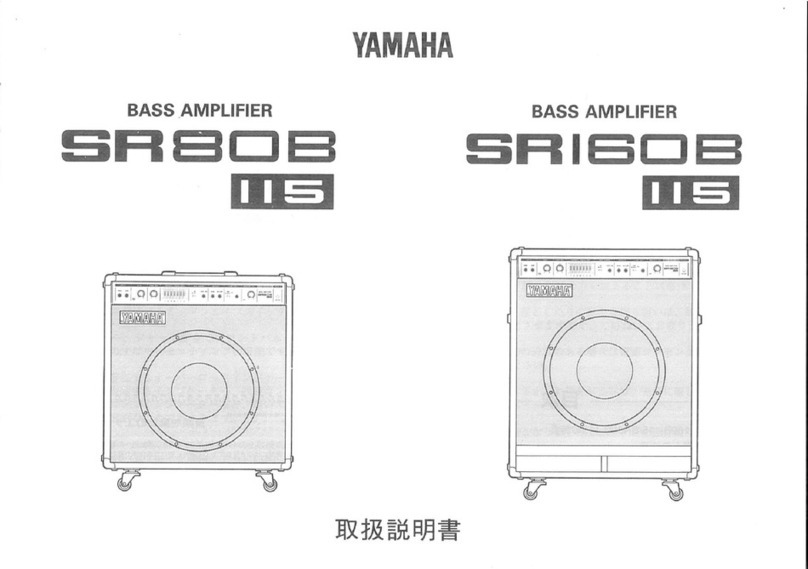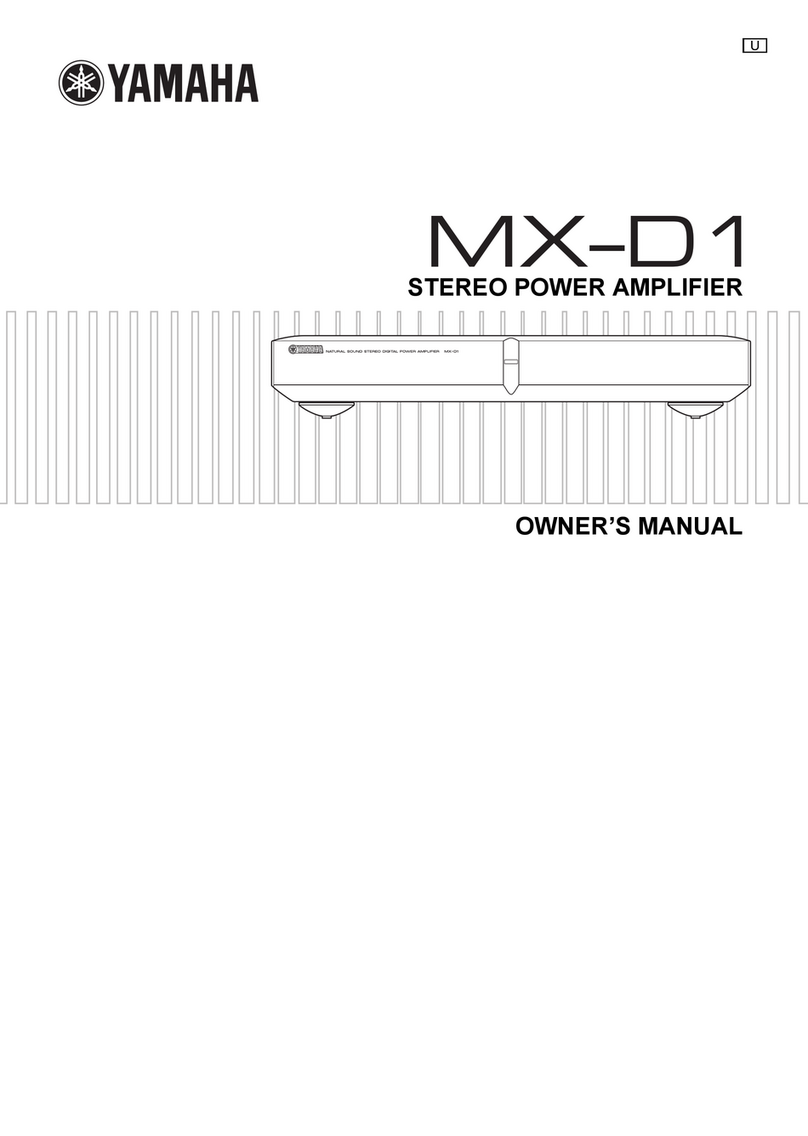Yamaha AV-75PRO User manual
Other Yamaha Amplifier manuals

Yamaha
Yamaha A-U671 User manual
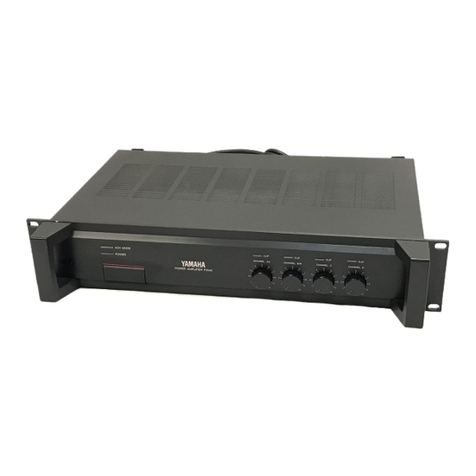
Yamaha
Yamaha P2040 User manual
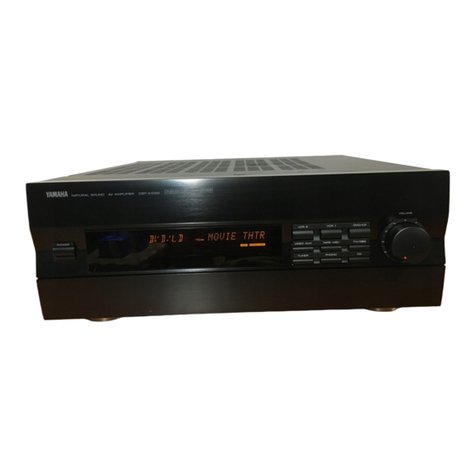
Yamaha
Yamaha DSP-A1092 User manual
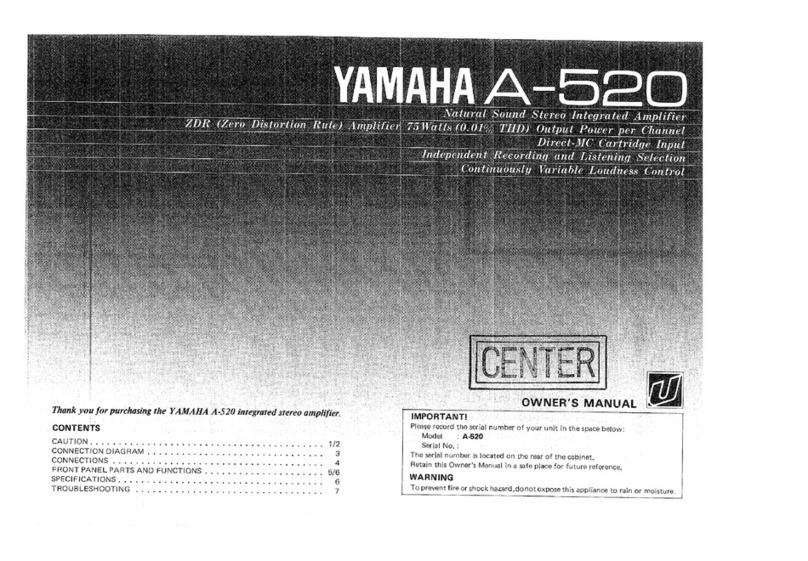
Yamaha
Yamaha A-520 User manual
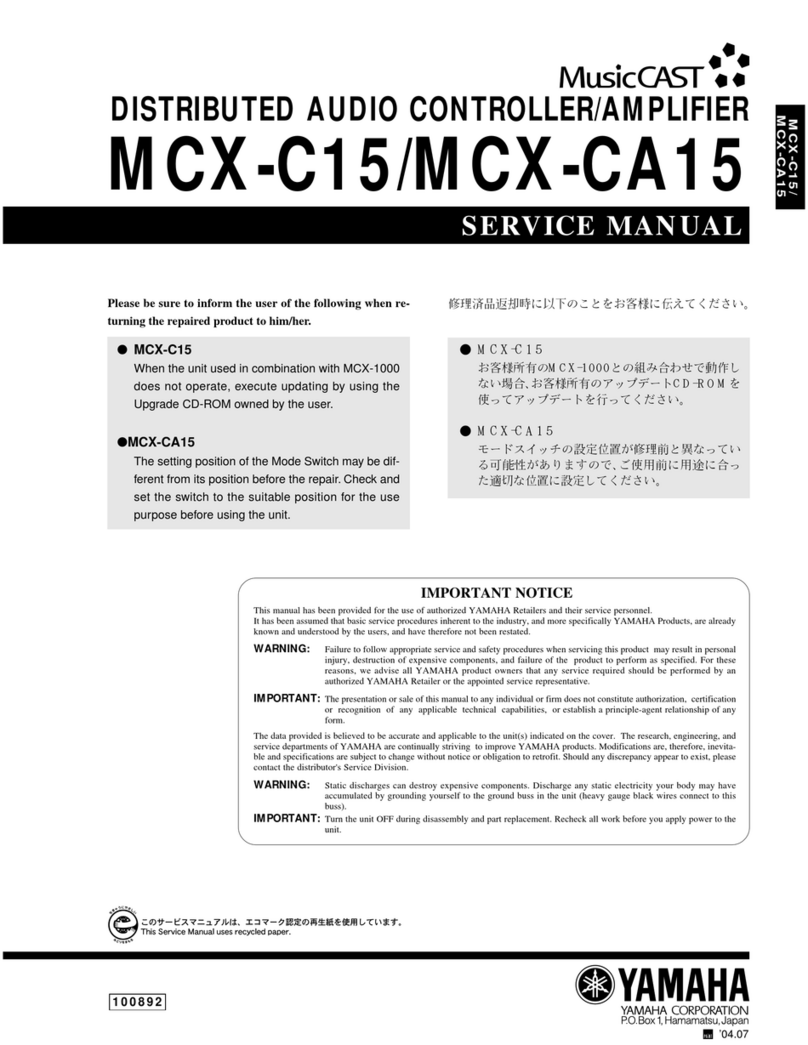
Yamaha
Yamaha MCX-C15 - MusicCAST Network Audio Player User manual
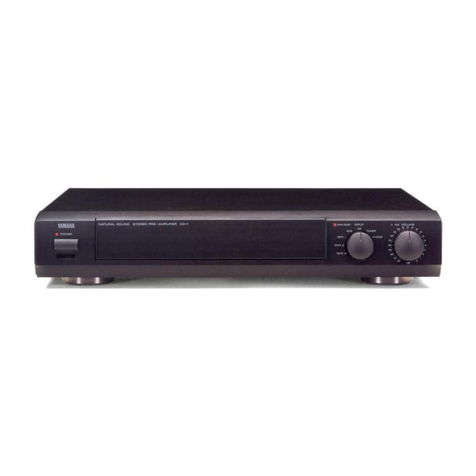
Yamaha
Yamaha CX-1 User manual
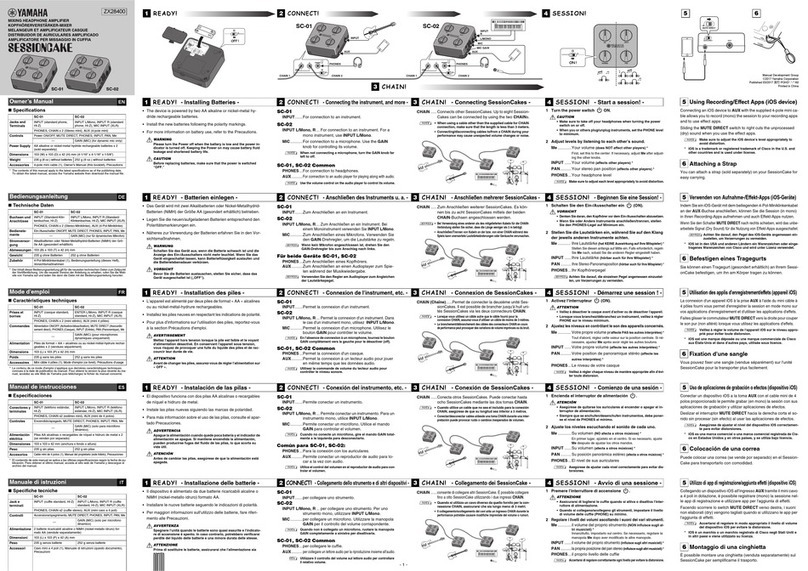
Yamaha
Yamaha Sessioncake SC-01 User manual

Yamaha
Yamaha MLA8 User manual
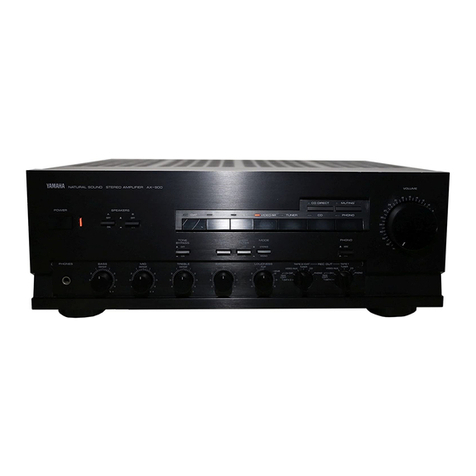
Yamaha
Yamaha AX-900 User manual

Yamaha
Yamaha C-80 User manual

Yamaha
Yamaha MX-50 User manual

Yamaha
Yamaha M-80 User manual

Yamaha
Yamaha CA-810 User manual
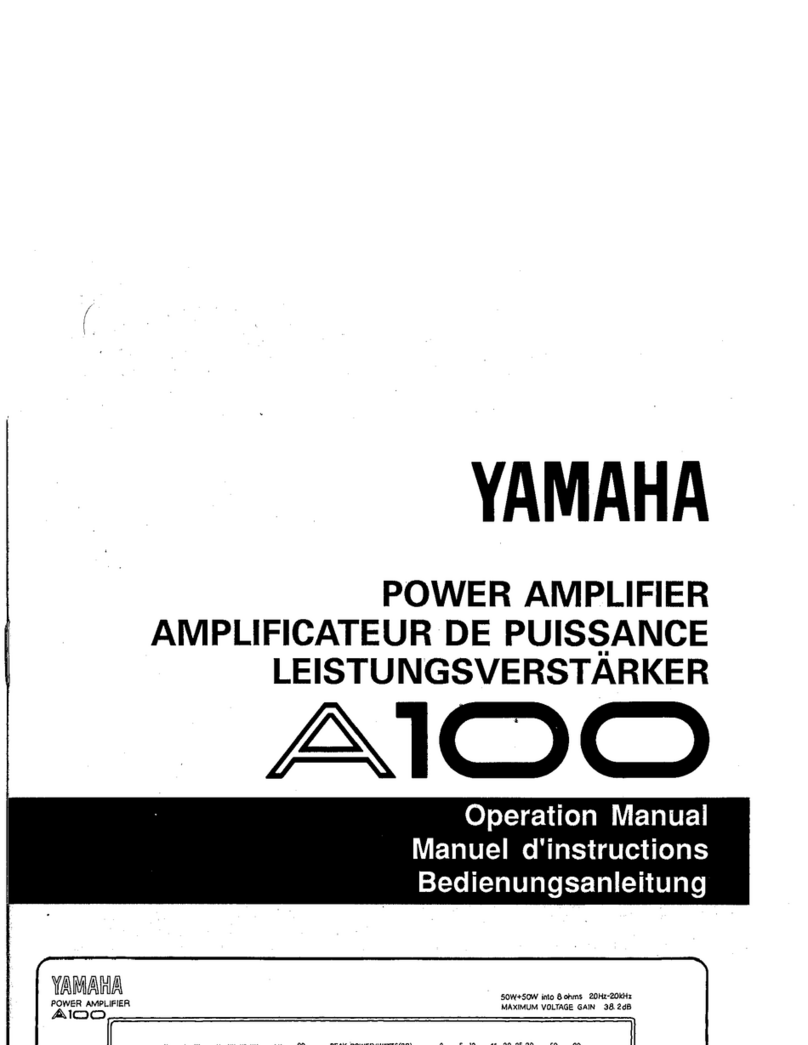
Yamaha
Yamaha A100 User manual
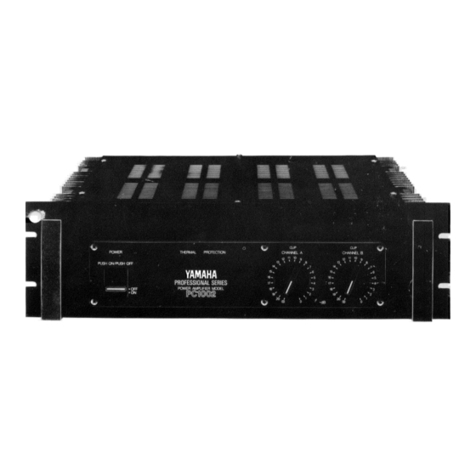
Yamaha
Yamaha PC1002 User manual
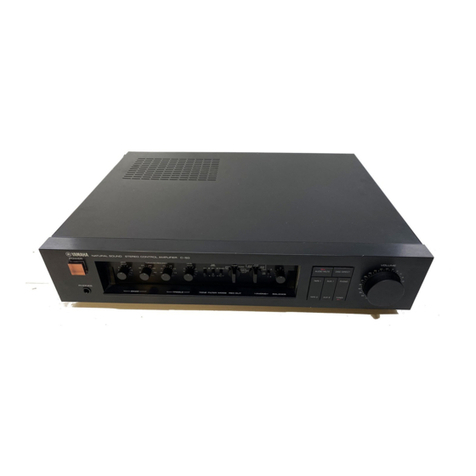
Yamaha
Yamaha C-50 User manual

Yamaha
Yamaha WXA-50 User manual
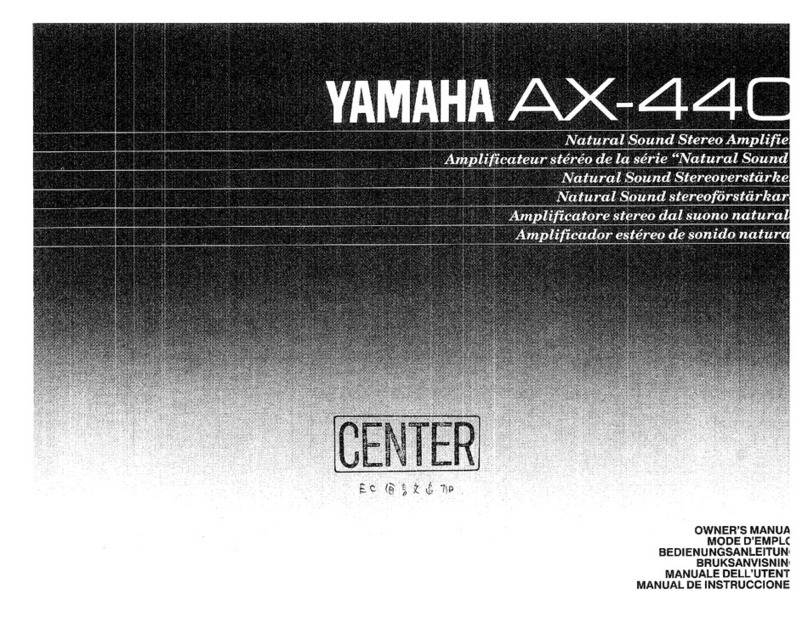
Yamaha
Yamaha AX-440 User manual

Yamaha
Yamaha PC4002M User manual
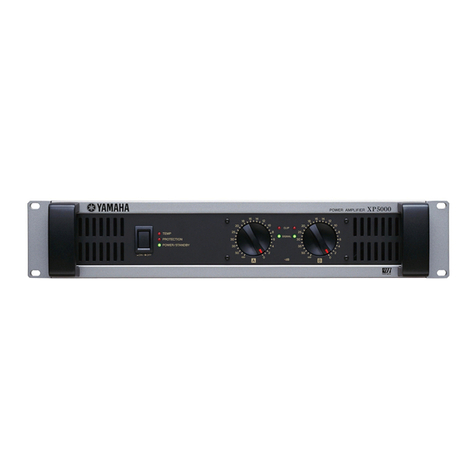
Yamaha
Yamaha XP7000 User manual
